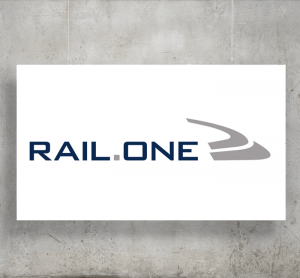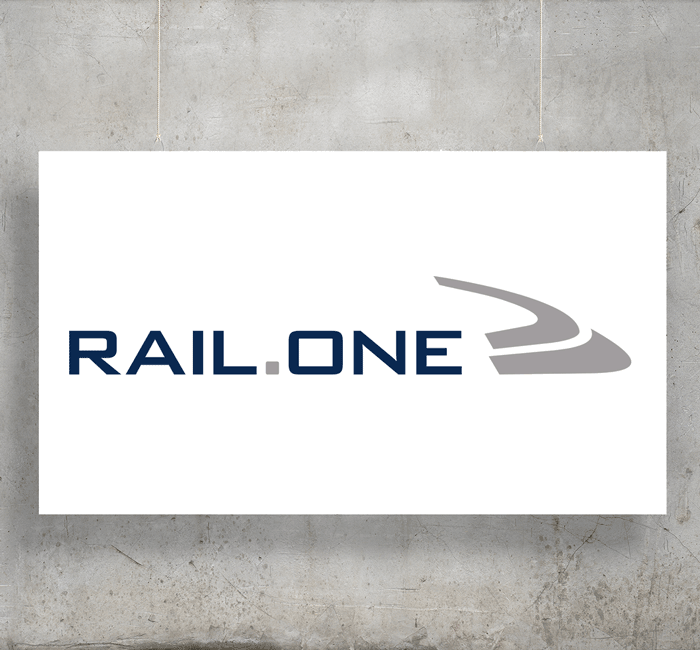AKN – attractive public transport for Northern Germany
6 April 2011 | By Dr. Klaus Franke, Executive Board Member, AKN Eisenbahn AG
With 128 years of tradition in railway traffic, AKN Eisenbahn AG looks back on a proud history. Operating 39 double traction wagons, AKN’s service is of utmost importance to ca. 12 million passengers a year, as it opens up metropolitan Hamburg and the interior of Schleswig-Holstein to the public. AKN’s…





